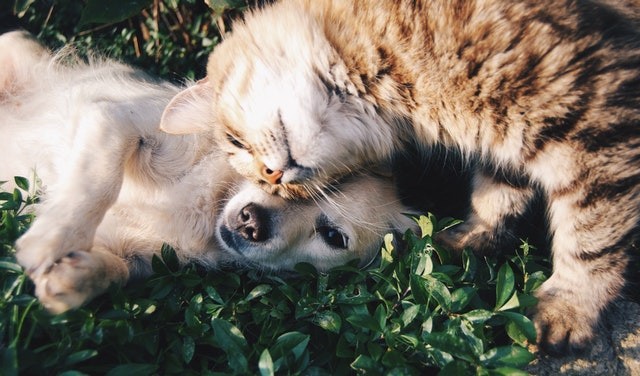Most animals are misunderstood, tortured by fallacies about their behaviors and traits. Some falsehoods are centered on old legends. Others outcome of distortions, exaggerations, misunderstandings, and even intentional fabrications put together by self-serving humans.
Yet even when scientific study reveals these misguided beliefs for what they are, many remain surprisingly difficult to eliminate. Chances are you're holding unto a few yourself.
The following are tall tales about animals that are enduring and the myth-breaking truth behind them. It's high time we put these myths to rest.

Myth: There's an 'alpha' wolf within every wolf pack.
Reality: While apparently true for captive wolves, wild wolf packs do not follow such social order. The notion was initially posited by an animal behaviorist - Rudolph Schenkel, who studied a hierarchical pack system among wolves in Zoo Basel of Switzerland in the 1930s and 1940s. But the theory is not applicable when it comes to wild wolves.
Myth: Bulls charge when they sight the color red.
Reality: Bulls charge at red, but they charge similarly at every other color too. In fact, bulls like all cattle are colorblind to the color green and red. So it's not color that makes them enrage (in spite of the customary use of red capes in bullfighting); instead, it is the movement of the capes - or any movement for that matter - that charges them.
Myth: Bears hibernate during winter.
Reality: It may seem like they're out cold till spring, but bears truly enter a less extreme type of hibernation known as torpor in which the rate of their heart and breathing slows, the temperature of their body drops slightly and they don't feed or discharge bodily waste.
During this period, bears can actually wake up if they are threatened, and females have been known to give birth and then go back to torpor again. True hibernators (like bats and woodchucks), on the other hand, go into a deep, almost dead, sleep state throughout the winter with a serious decrease in the temperature of their body.
Myth: Bats love human hair.
Reality: The notion that flying bats aim for your hair spread folklore all over the world. Yes, bats do dive down sometimes in the dark at speeds that are dangerous, seemingly on a beeline for your hair. But scientific proof shows these remarkable mammals with wings, equipped with unique sonar for navigation during nighttime, are likely nosediving for mosquitos that are nearby and not your tresses.

Myth: Dogs and cats are colorblind.
Reality: This is actually partly true. Dogs and cats don't see the world solely in drab shades of white, black, and gray as most of us grew up believing. They sight colors, just not all colors humans can see.
The reason is that cats and dogs are like humans that are colorblind with only two kinds of photoreceptor cells known as cones in their retinas that are only responsive to green and blue. Humans that are not colorblind possess a third cone letting them also see red.
Bottom line: Dogs and cats aren't as sensitive to red light, making it difficult for them to differentiate some colors, like red from green.
Related Article : Black Mamba: 8 Fascinating Facts About the World's Deadliest Snake
For more news, updates about animal myths and similar stories don't forget to follow Nature World News!
© 2025 NatureWorldNews.com All rights reserved. Do not reproduce without permission.





